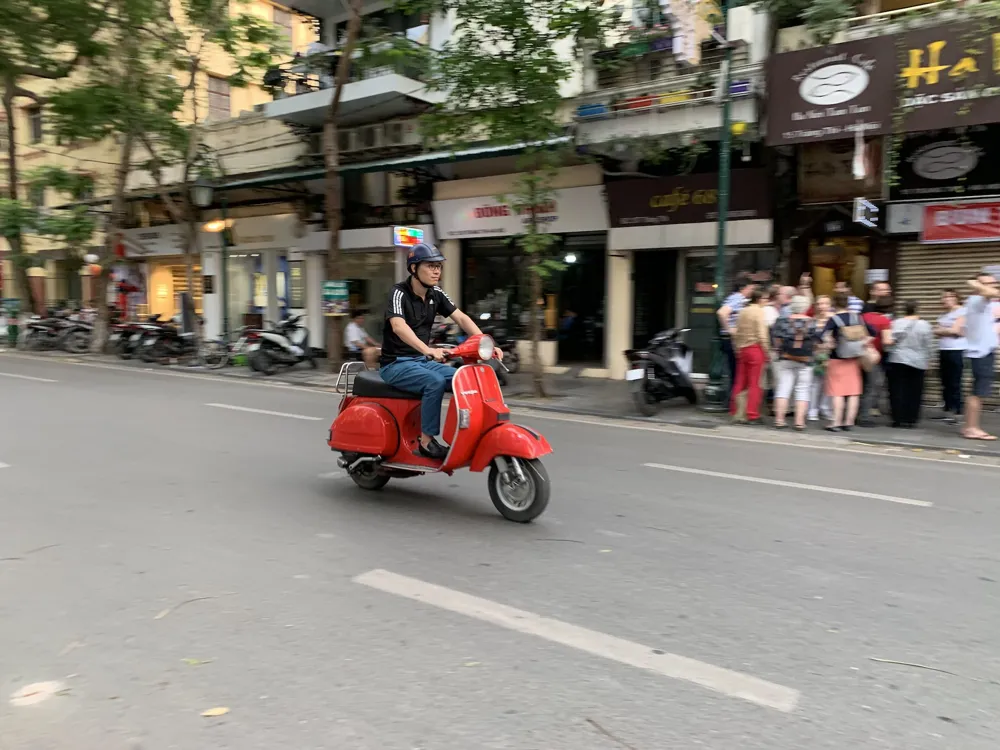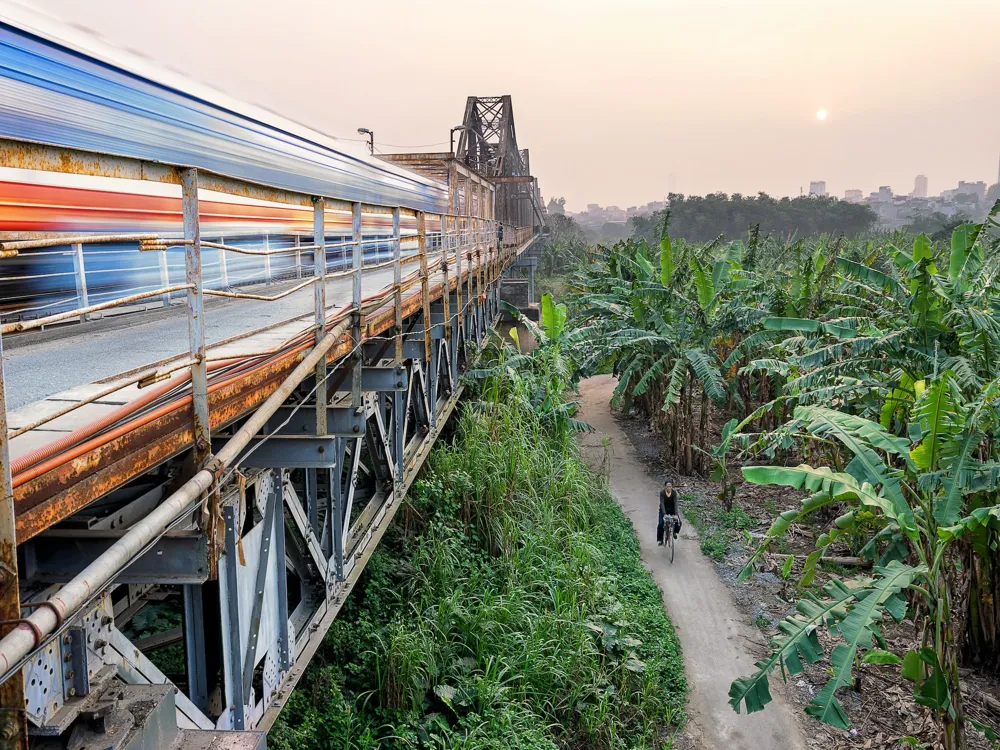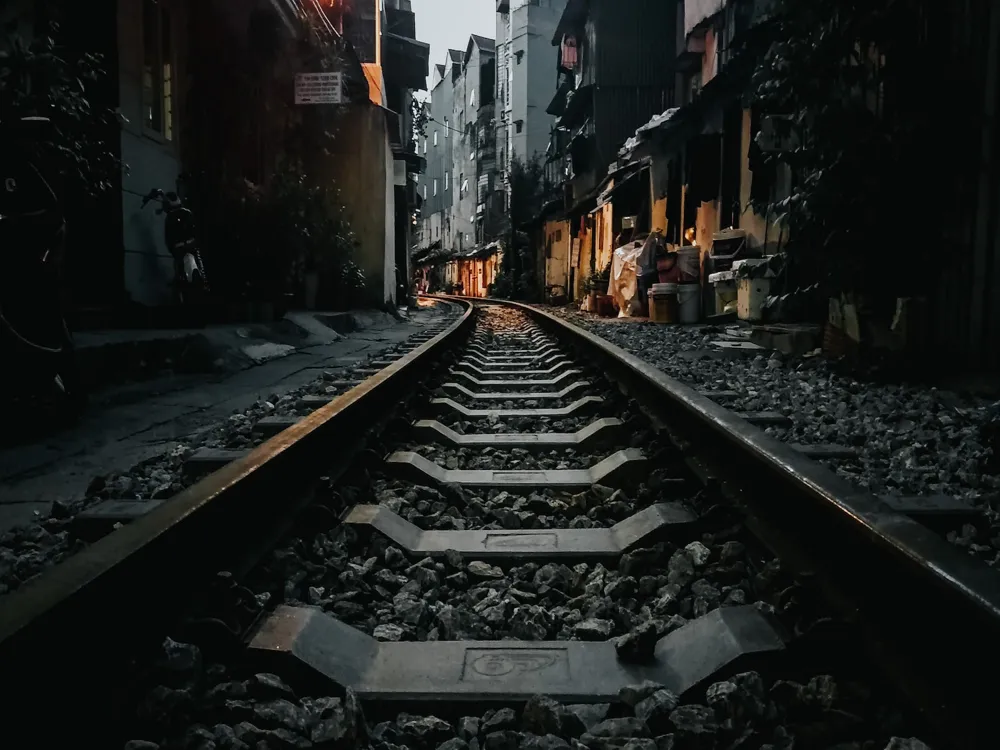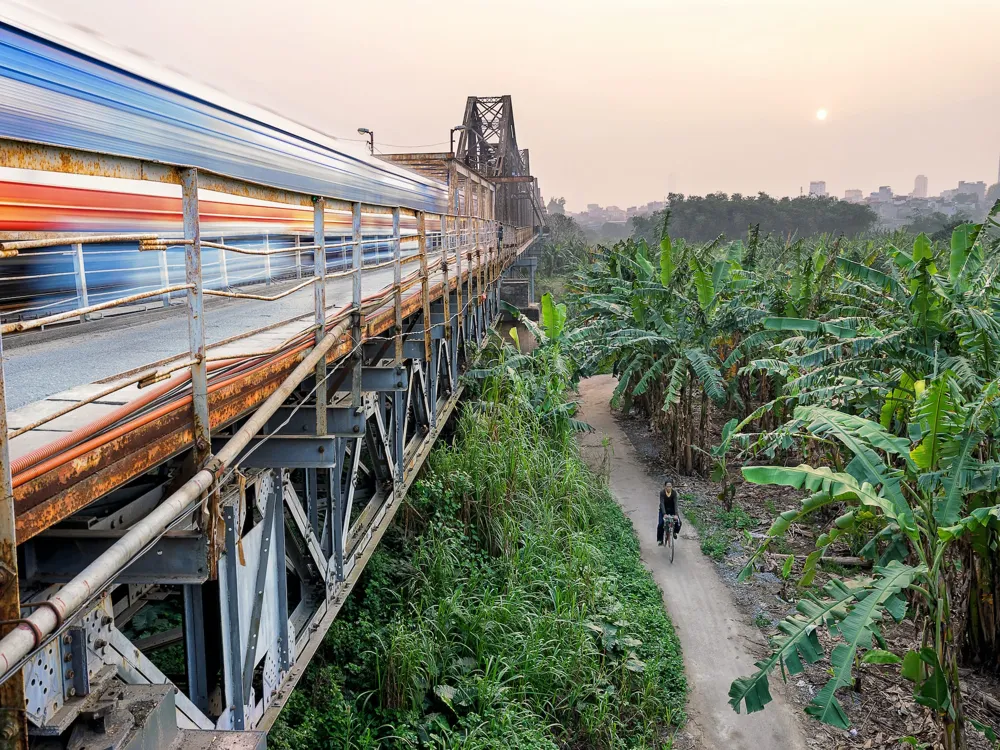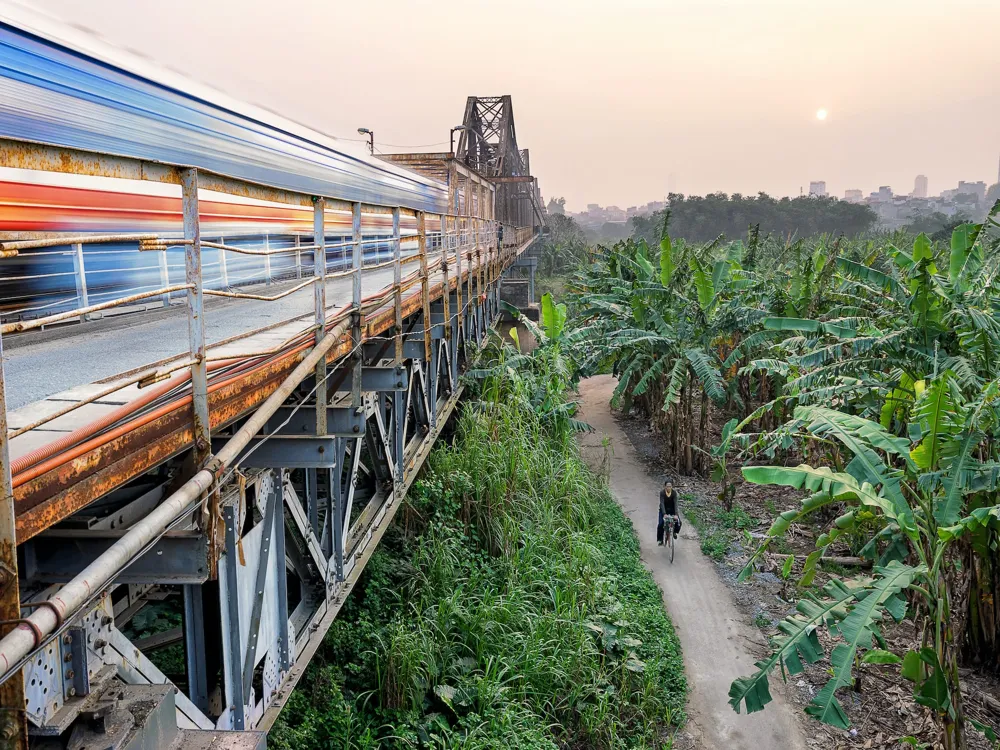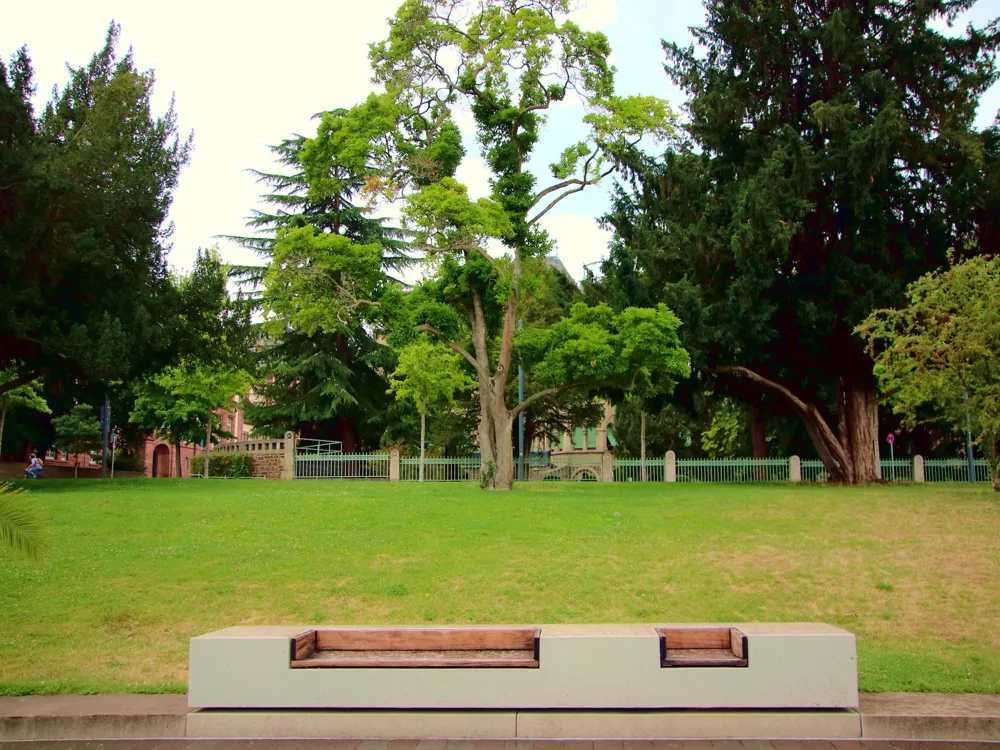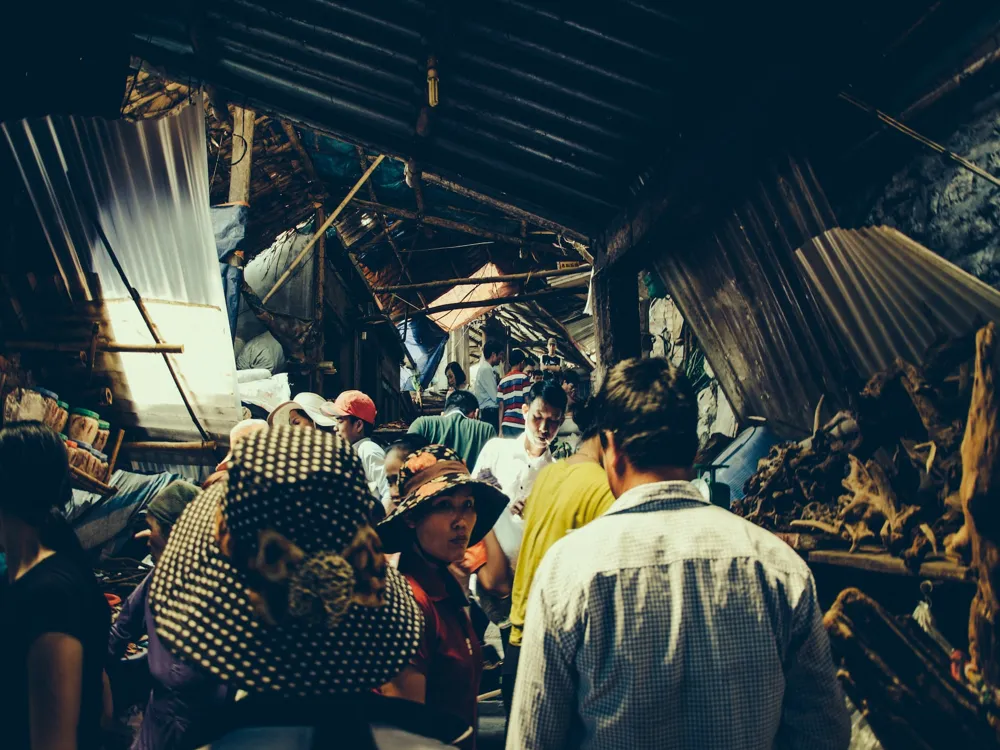Hanoi, the capital city of Vietnam, is a fascinating blend of East and West, combining traditional Sino-Vietnamese motifs with French flair. It is largely unscathed from the decades of war, and is now going through a rapid transformation that's making it a rising star in Southeast Asia. Intriguing and adventurous, Hanoi is a city with layers of history, cultural complexity, and buzzing streets.
Founded in 1010, Hanoi has a long history which is evident in the city's architecture, cuisine, and culture. The heart of the city lies in its Old Quarter, where narrow streets are lined with French colonial buildings, Buddhist temples, and markets. The city is not just historically significant; it's a hub for contemporary Vietnamese art and cuisine. From its ancient pagodas and museums to its vibrant nightlife and bustling street markets, Hanoi offers a unique blend of old and new.
Hanoi's architecture is a window into its storied past. The city's landscape is a mosaic of architectural styles, reflecting the different eras and influences throughout its history. From ancient temples and French colonial buildings to modern skyscrapers, Hanoi's architecture is as diverse as its culture.
The Old Quarter of Hanoi is the best place to see the traditional Vietnamese architecture. This area features narrow streets and houses with the characteristic tube-house design, a unique architectural feature in Vietnam. These buildings are narrow and deep, often with a shop front on the ground floor and living quarters above. The streets here are a labyrinth of ancient houses, temples, and shops, offering an immersive experience into the city's history.
Contrasting the traditional Vietnamese architecture are the French colonial buildings found throughout the city. During the colonial period, the French left a significant architectural imprint on Hanoi. Wide boulevards lined with grand buildings, opera houses, and public squares give parts of the city a distinctly Parisian feel. The Hanoi Opera House and the Presidential Palace are prime examples of this period, displaying a blend of French and Vietnamese architectural elements.
Hanoi experiences a subtropical climate with four distinct seasons. Summers can be hot and humid, while winters are relatively cool and dry. It's important to plan your visit according to the season you prefer and pack accordingly.
Hanoi is famous for its street food, and it's an integral part of experiencing the city. From Pho (noodle soup) to Banh Mi (Vietnamese sandwich), street food in Hanoi is not just a meal; it's a way of life. Be adventurous and try local specialties at the street stalls.
Traffic in Hanoi can be overwhelming with its bustling motorbikes and cars. When walking, be cautious and aware of your surroundings. For longer distances, consider using a taxi or a ride-hailing app for convenience.
Reaching Hanoi is fairly easy due to its well-connected transportation system. Noi Bai International Airport is the main gateway for international travelers, located about 35 km from the city center. From the airport, you can take a taxi, bus, or a shuttle service to reach downtown Hanoi.
For travelers within Vietnam or from neighboring countries, Hanoi is accessible by road, rail, and air. The city's central railway station, Hanoi Railway Station, offers services to various destinations within Vietnam, including a scenic route to Ho Chi Minh City. Additionally, the city's bus system is extensive, offering an affordable way to reach Hanoi from other regions.
Overview of Hanoi
Architecture of Hanoi
Tips When Visiting Hanoi
Understand the Weather Patterns
Embrace the Street Food Culture
Navigate the City's Traffic
How To Reach Hanoi
St Joseph's Cathedral
Hanoi
₹ 15,260 onwards
View hanoi Packages
Weather :
Tags : Church & Cathedral
Timings : 6:00 AM - 12:00 PM2:00PM - 8:00 PM
Time Required : 1-2 hrs
Entry Fee : No Entry Fee
Planning a Trip? Ask Your Question
Hanoi Travel Packages
View All Packages For Hanoi
Top Hotel Collections for Hanoi

Private Pool

Luxury Hotels

5-Star Hotels

Pet Friendly
Top Hotels Near Hanoi
Other Top Ranking Places In Hanoi
View All Places To Visit In hanoi
View hanoi Packages
Weather :
Tags : Church & Cathedral
Timings : 6:00 AM - 12:00 PM2:00PM - 8:00 PM
Time Required : 1-2 hrs
Entry Fee : No Entry Fee
Planning a Trip? Ask Your Question
Hanoi Travel Packages
View All Packages For Hanoi
Top Hotel Collections for Hanoi

Private Pool

Luxury Hotels

5-Star Hotels

Pet Friendly







